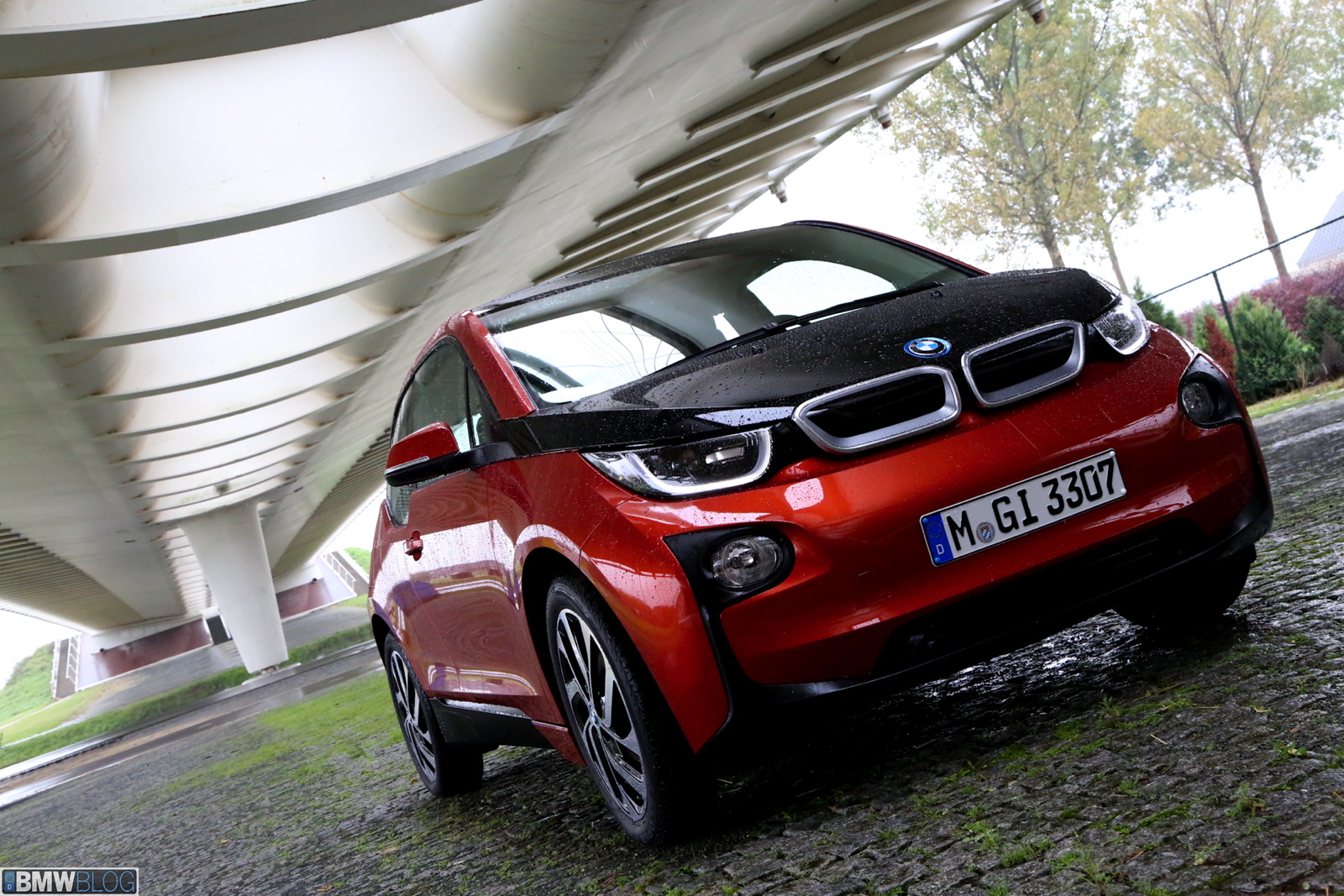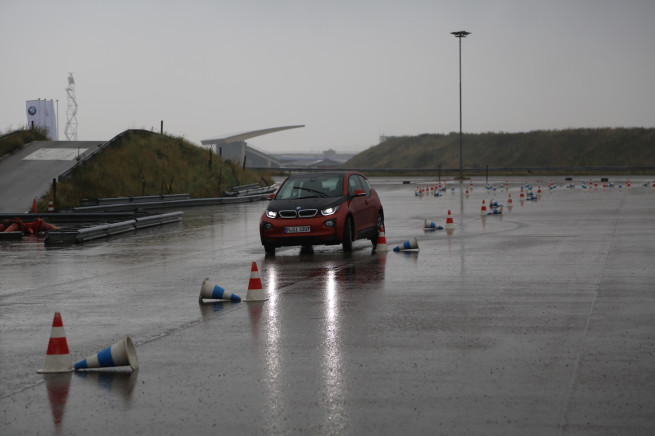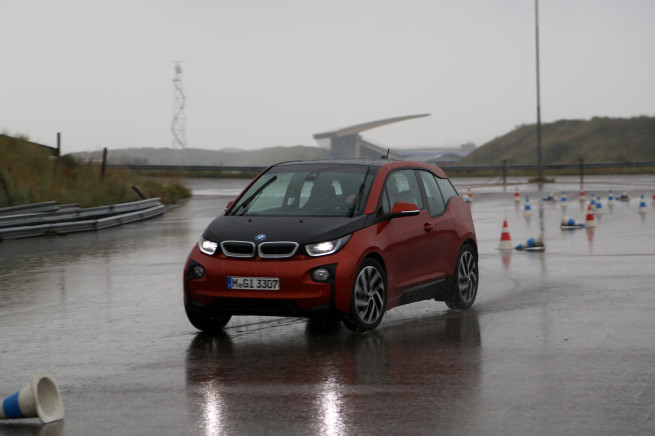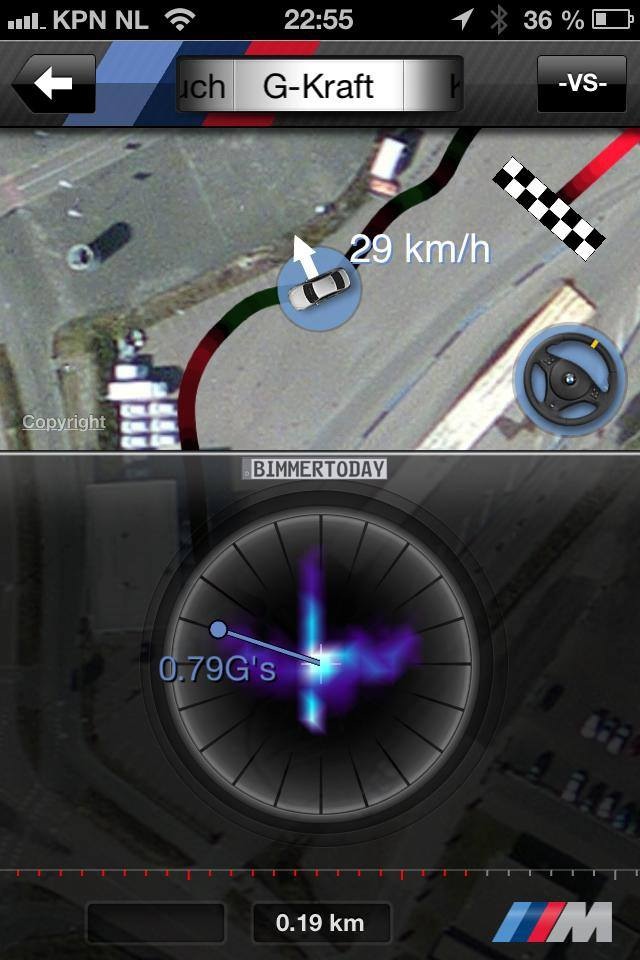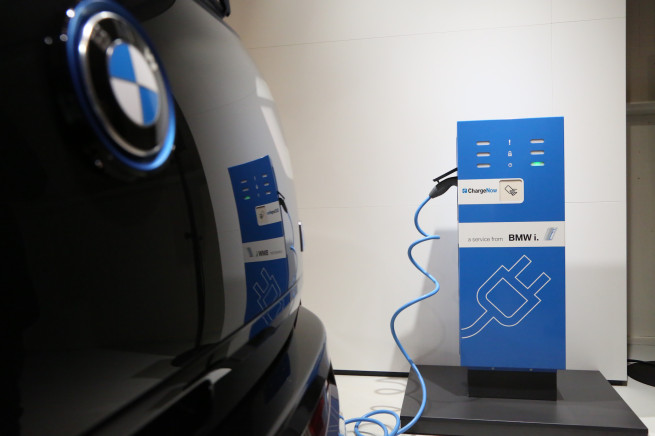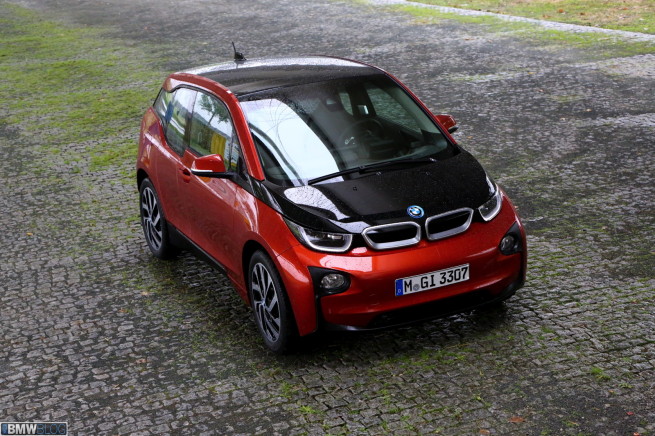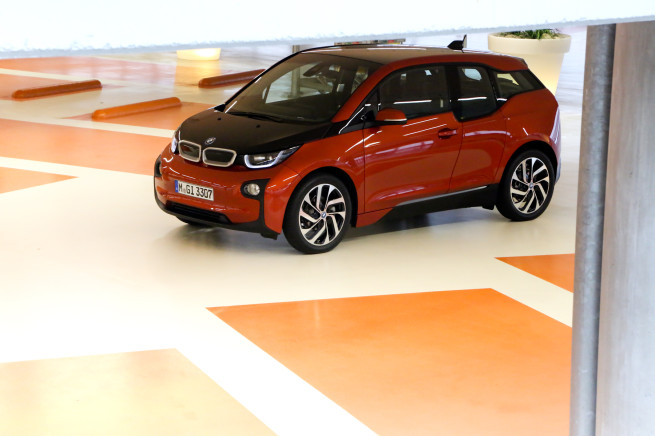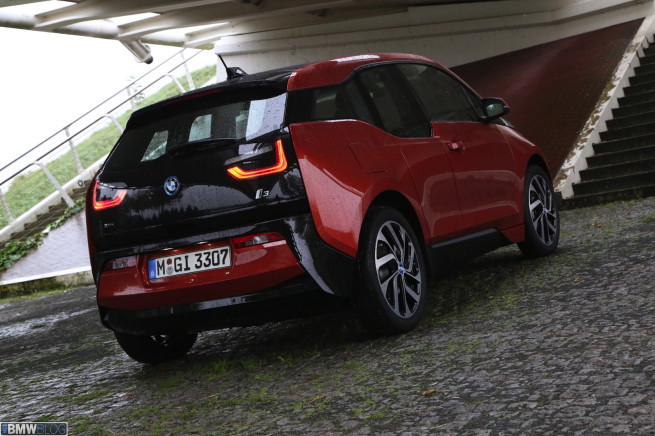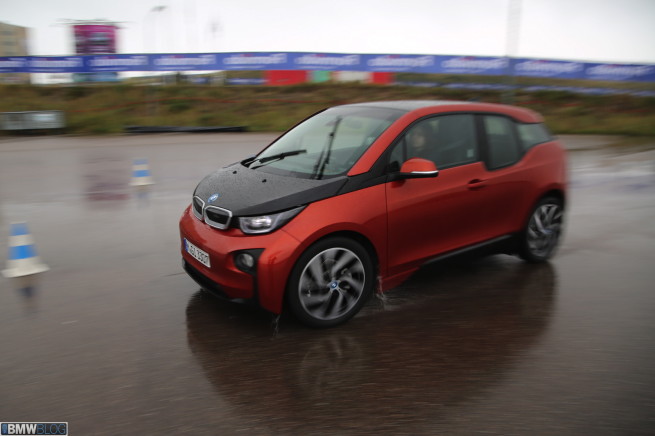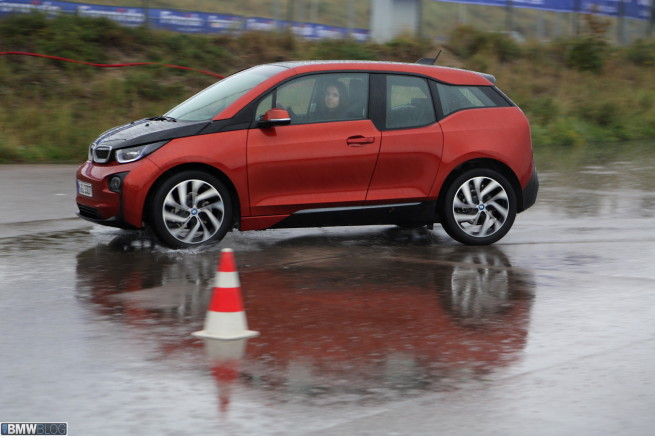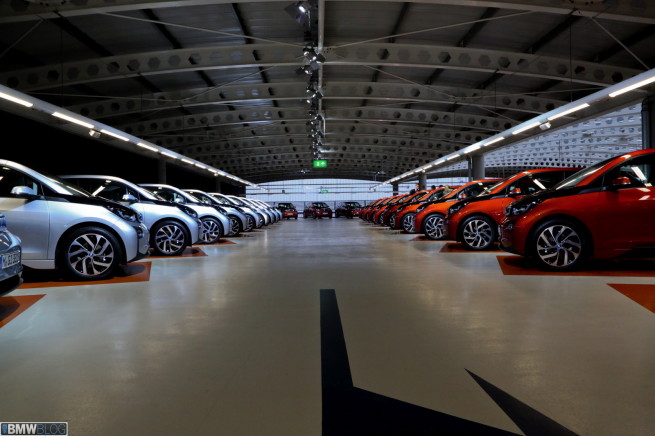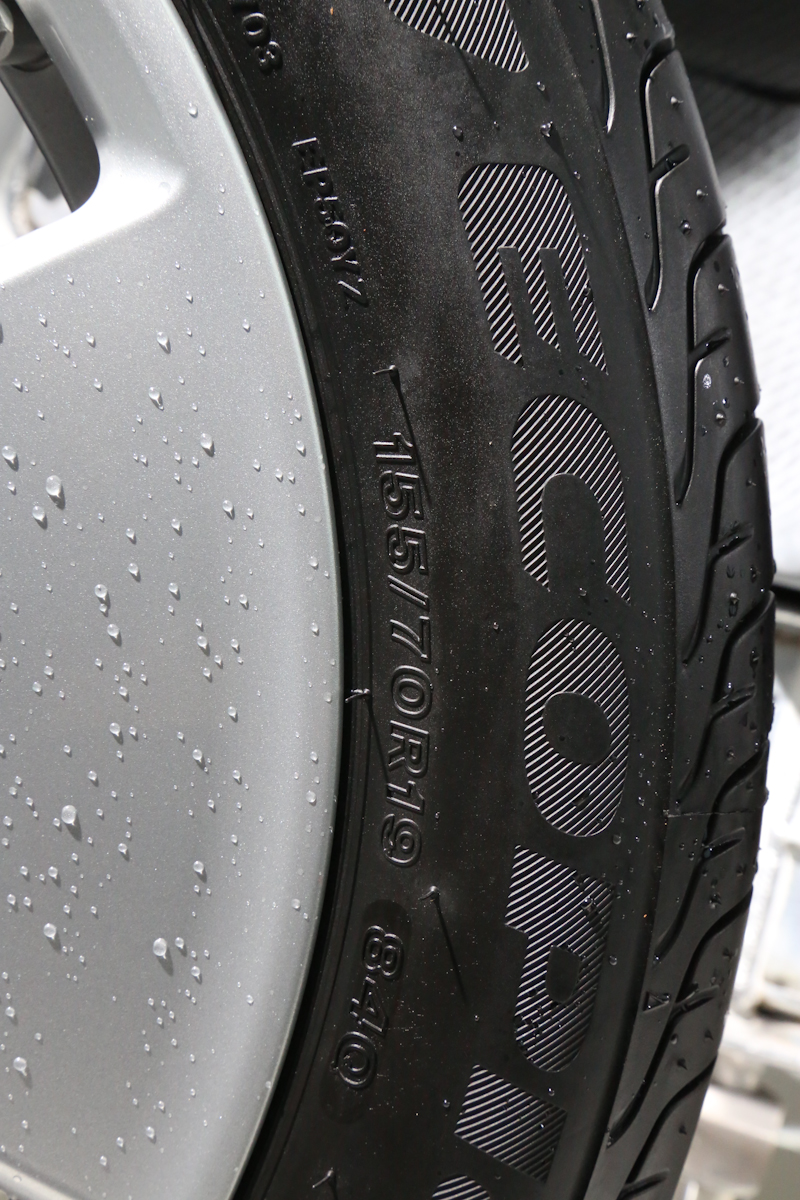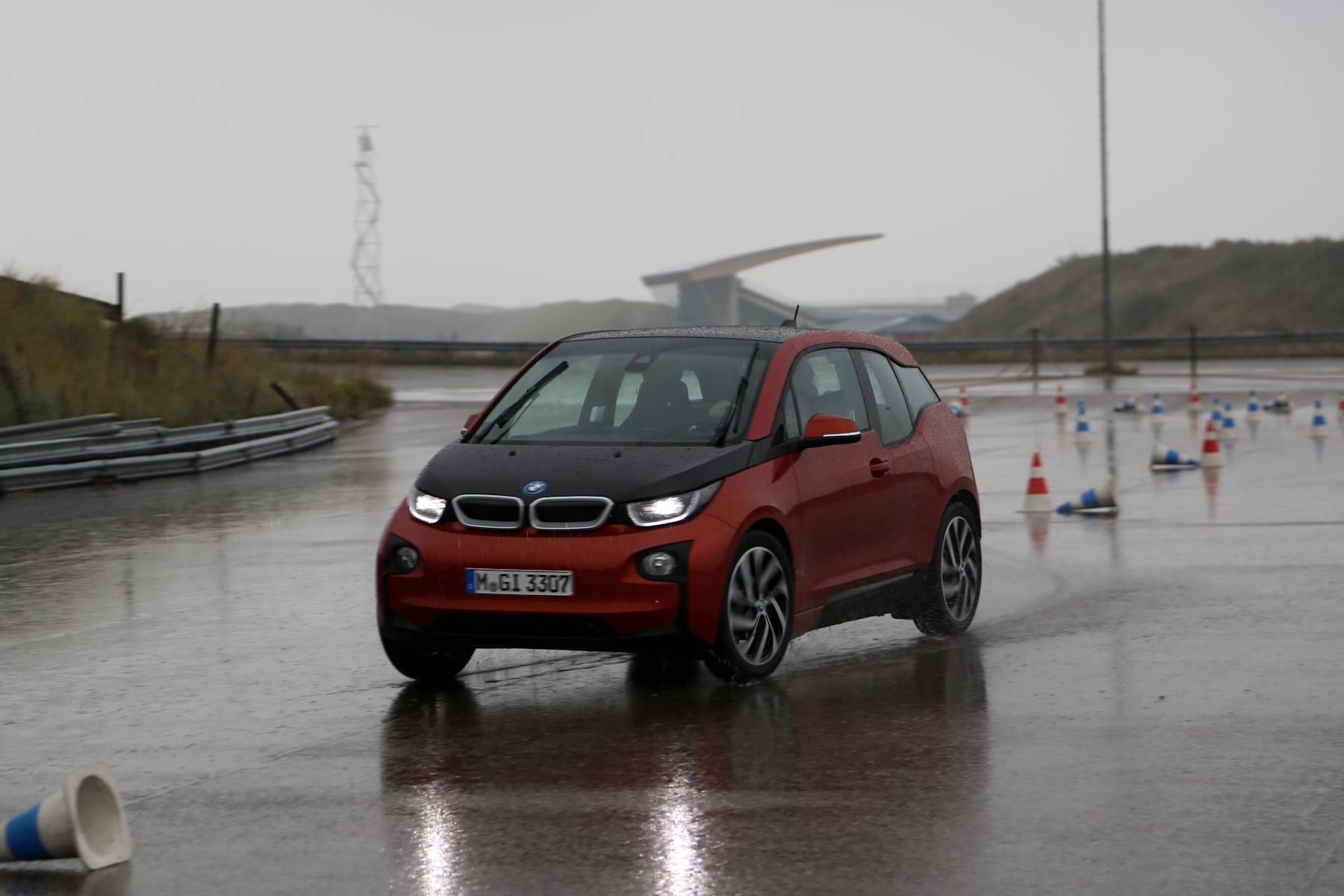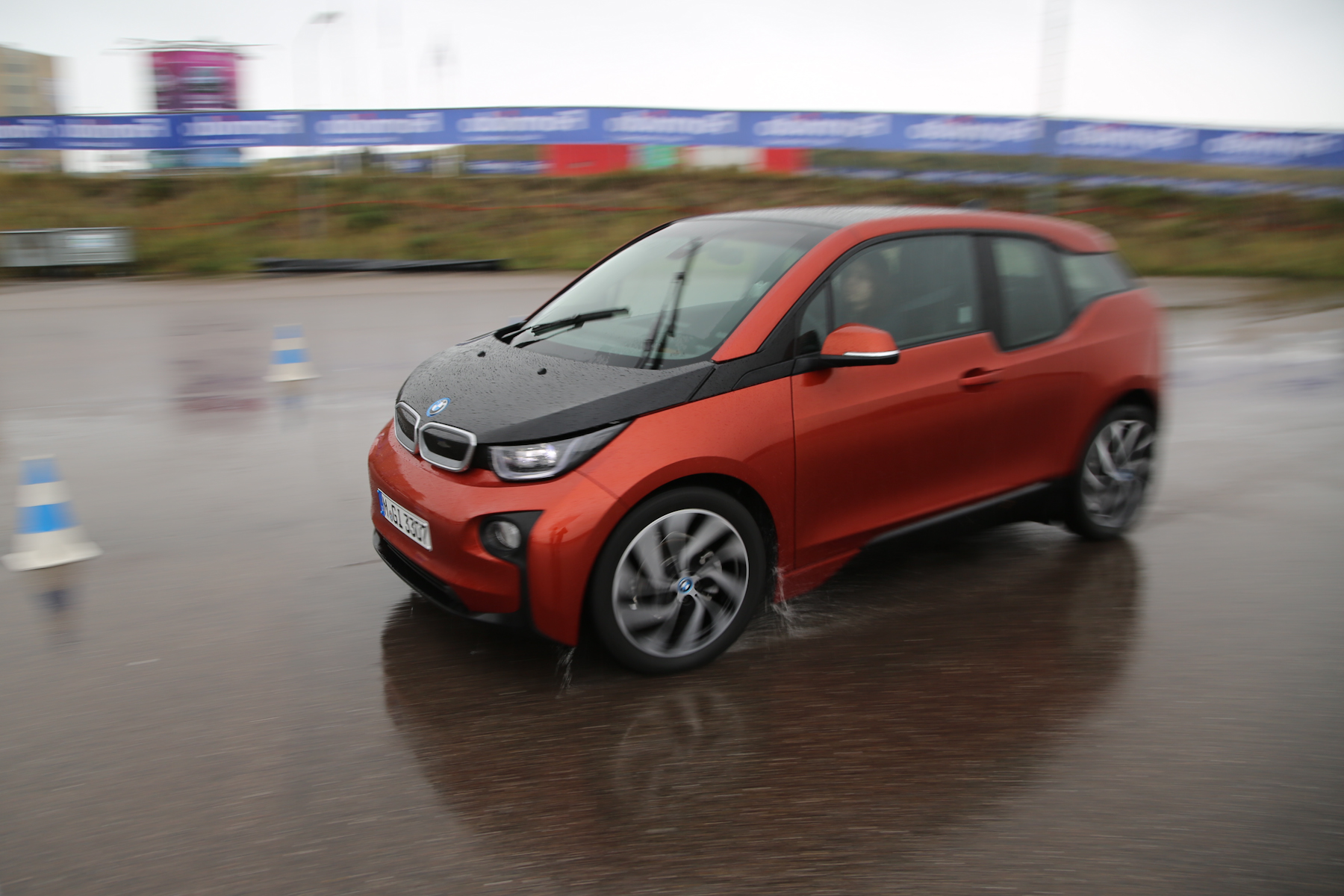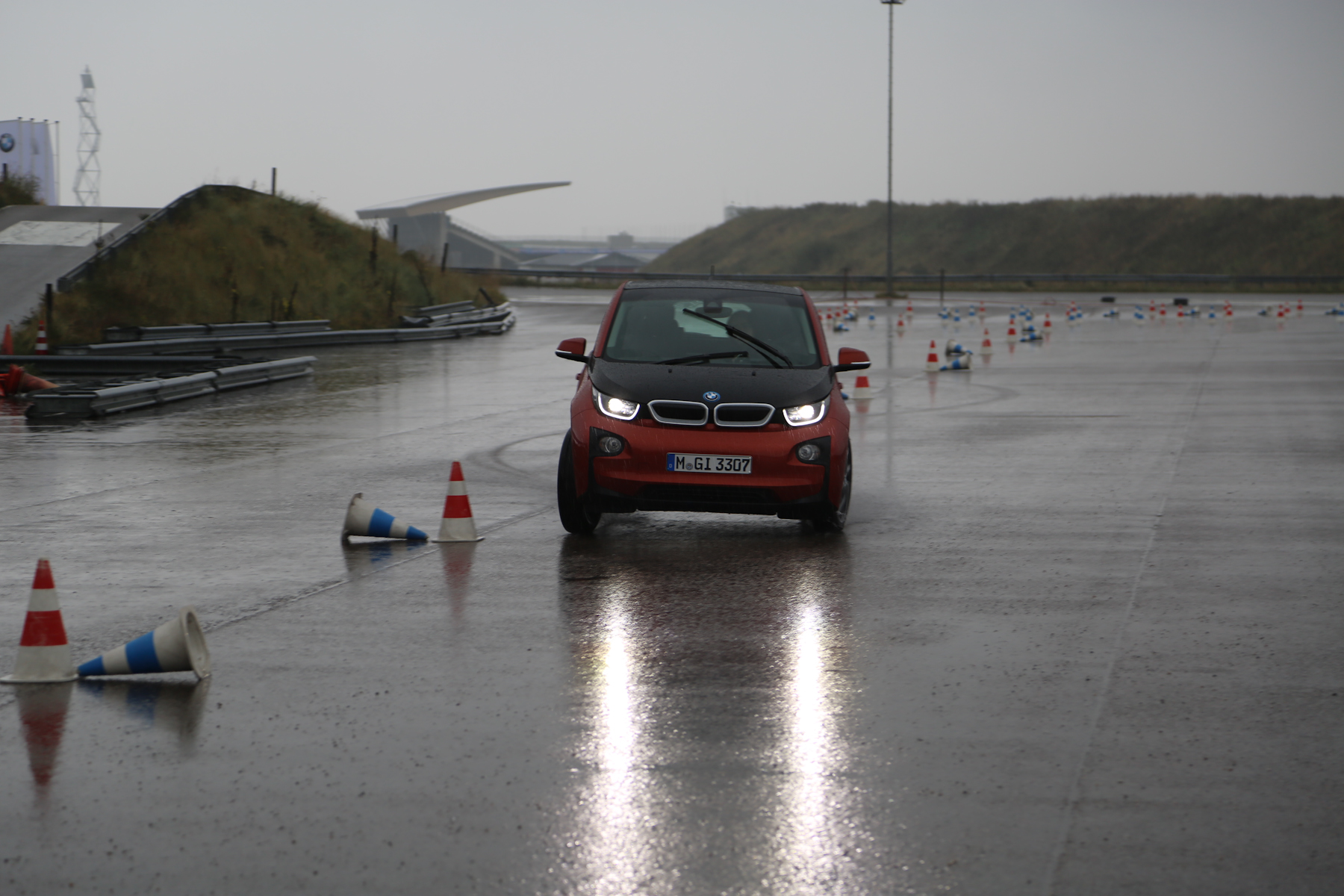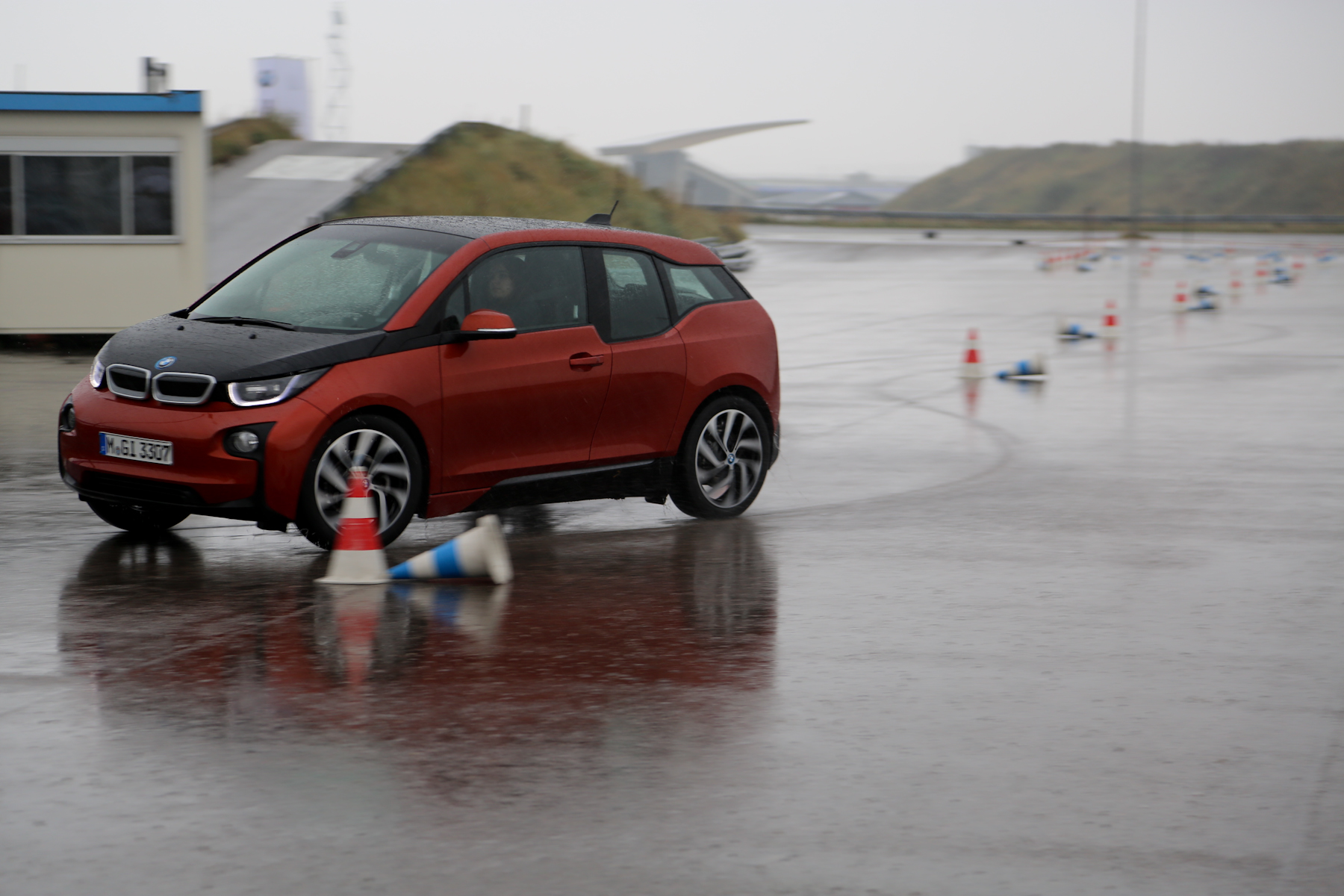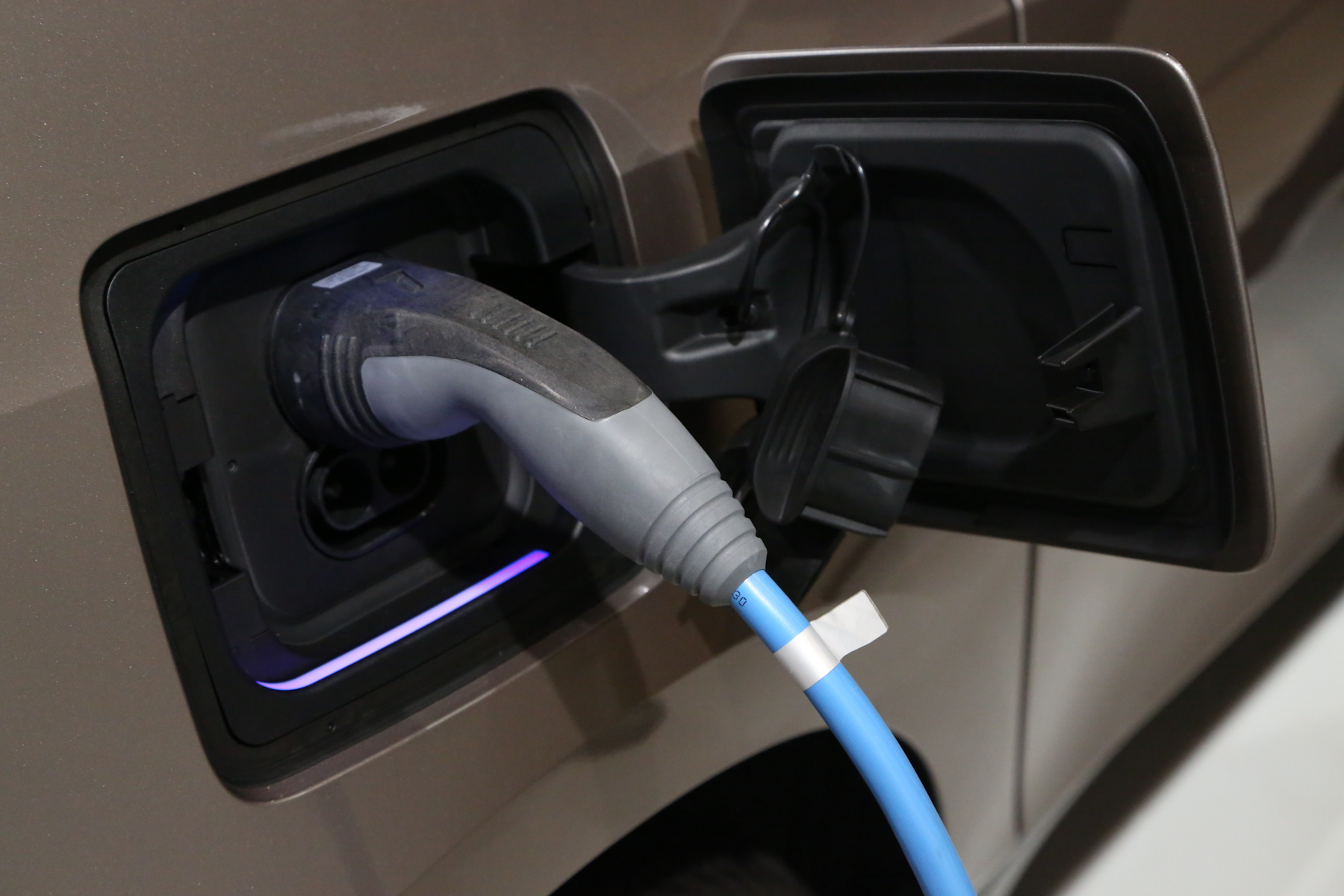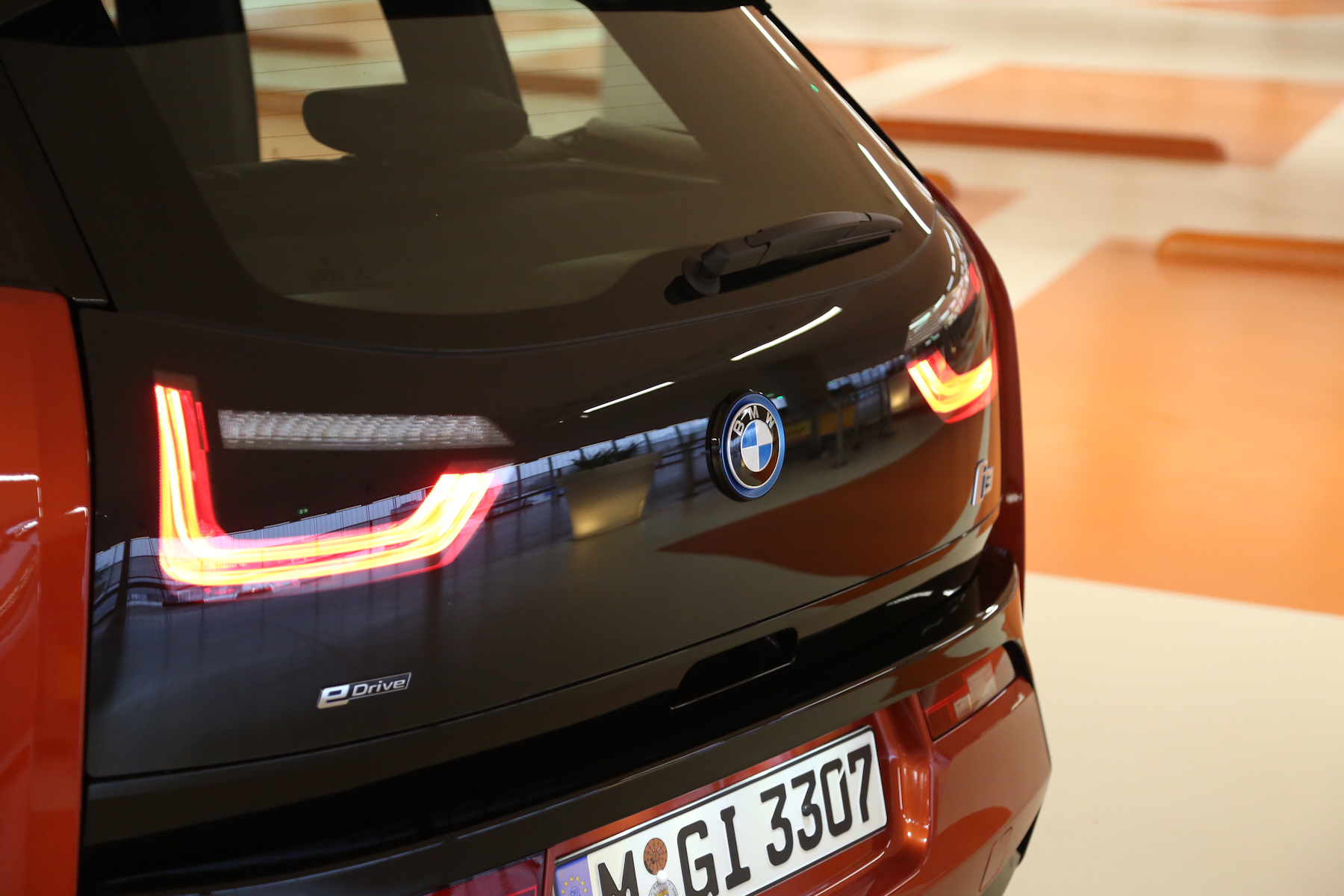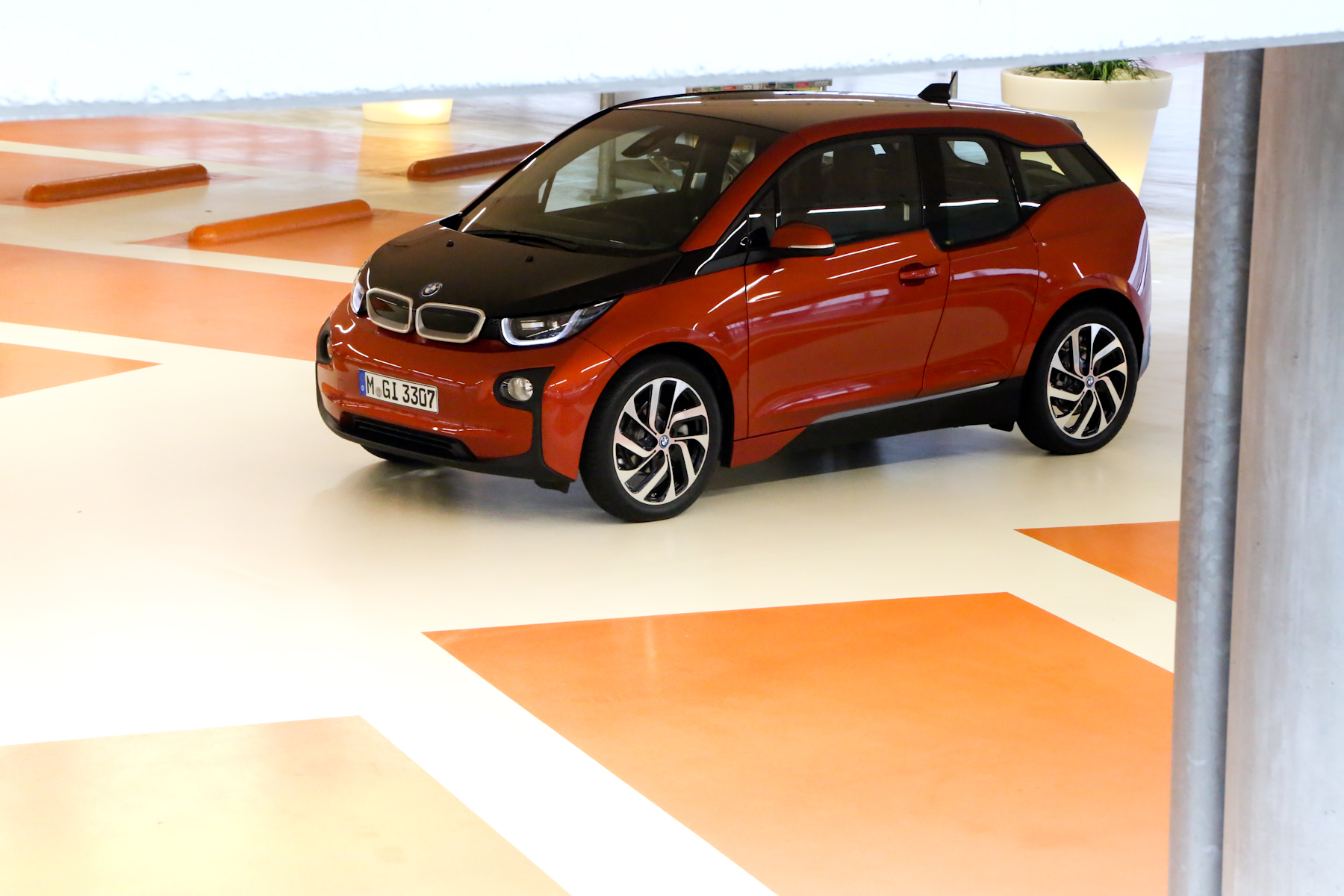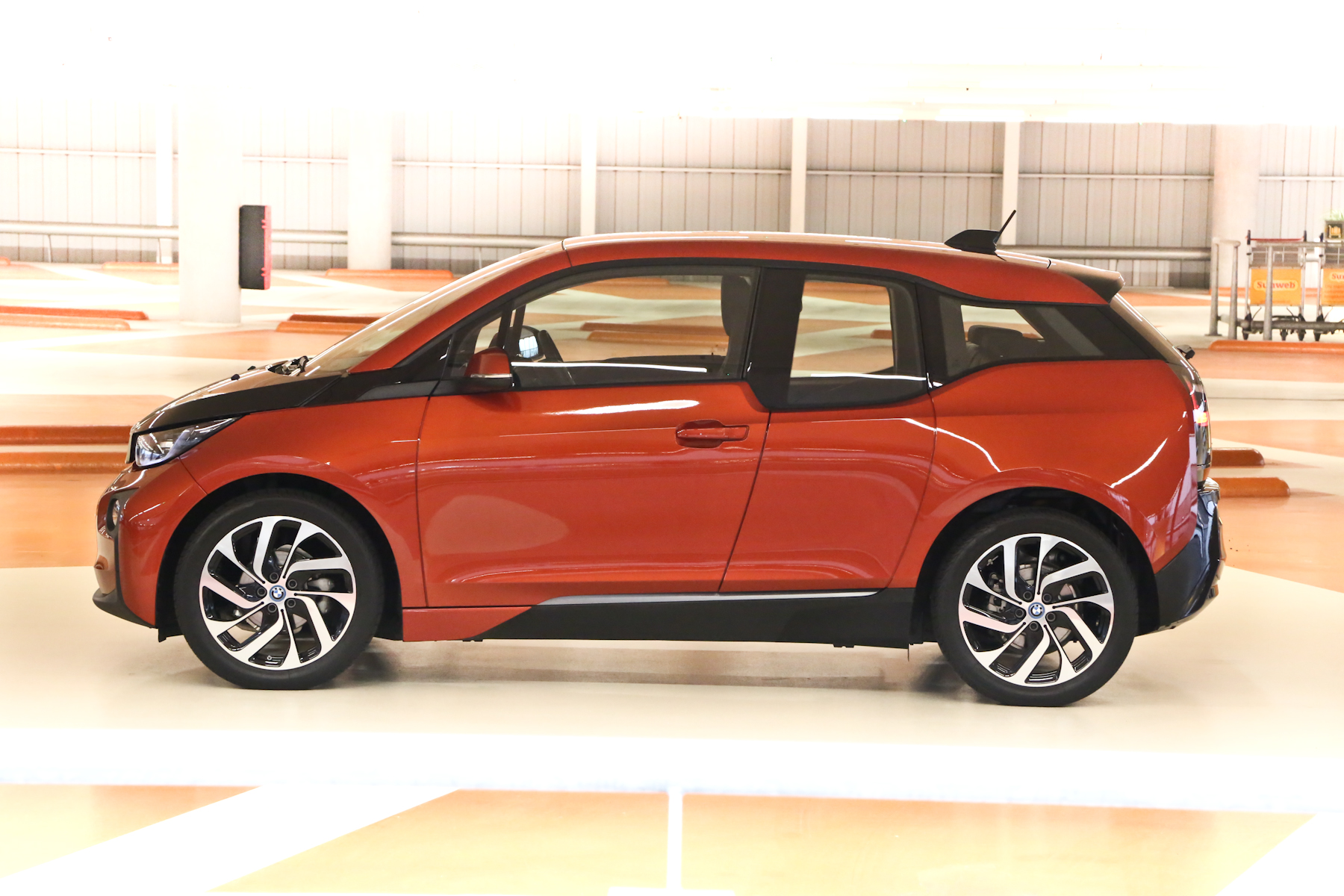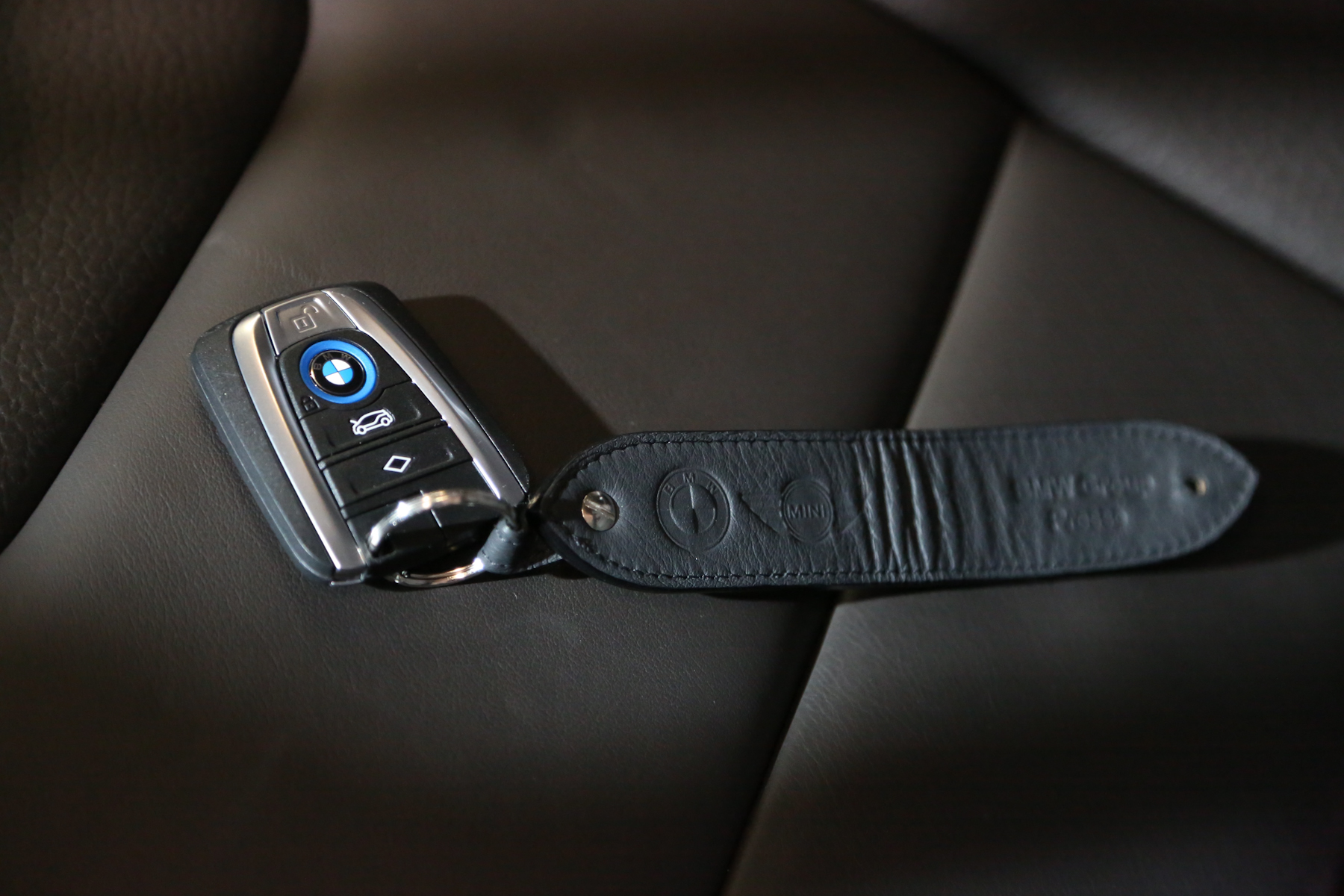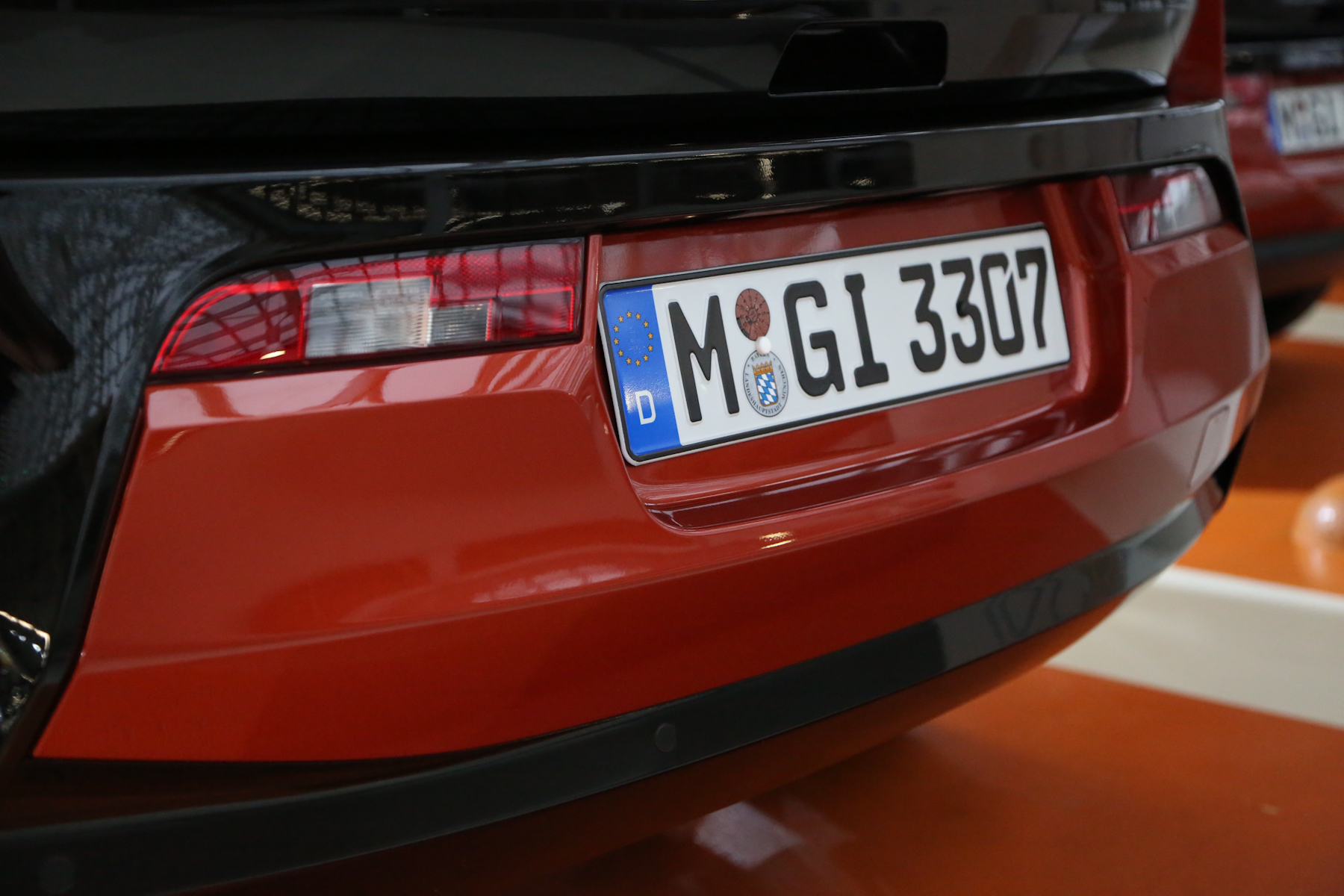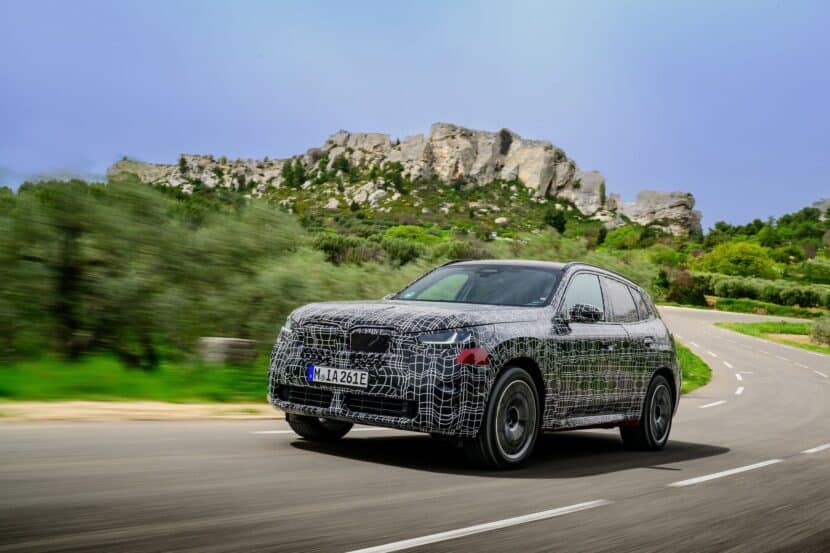Humans are inherently resistant to change. We bask in the ordinary, wearing it like a security blanket. To break new ground is to risk rejection, making waves with tradition. Nowhere is this more evident than in the automotive sector. Hence, it was a bold, revolutionary move for BMW to launch their i sub-brand. And after driving the first fruits of their labours for the better part of a day around the picturesque roads of Amsterdam, I’m glad they did.
I used to be counted among the traditionalists – those who cling to tradition for nostalgia’s sake. Upon joining the BMWBLOG editorial team back in 2009 I was pestered by Horatiu, founder of this Mecca for all things BMW, to retire my old-school flip-phone in favour of an iPhone. I recall clinging to the ordinary with the absurd notion that an iPhone would complicate my life, given its complexity. In reality it simplified my life and – dare I say – ultimately added to the quality of my life, essentially employing my first electronic pocket-secretary. A valuable lesson, and one that applies to the exceedingly complex yet intuitively simple i3.
Welcome to the future. A team of BMW i3s sat quietly around the corner from the arrival lounge and it was with great excitement that I got behind the wheel. Your first time behind the wheel of an i3 will likely feel similar to mine – alien in ambience, layered in unfamiliar yet welcoming materials, smells and sounds. Everything about the i3 is different. Everything. And I am convinced that this is precisely what makes the i3 so enchanting, and will undoubtably make it so successful.
It all starts at its core, its very foundations. The i3 is built upon a carbon-fibre reinforced plastic (CFRP) chassis, or ‘Life module’ as BMW’s coined it. Chosen for its ultra-light weight and highly rigid properties, the CFRP frame compensates for the added weight of the battery pack, keeping the overall vehicle weight low. Light on its feet at 1,195 kilograms (2,630 lbs), the i3 is thus the lightest mass-production electric car available for sale – and this pays dividends in the dynamics and efficiency of the vehicle.
To keep things safe the i3 features aluminum front and rear sub-frames, constituting crumple zones that absorb energy in the event of a crash. Only a handful of parts are made of steel – namely a few links in the i3’s rear 5-link suspension. The rest of the car is made of exotic materials normally reserved for the likes of supercars from the stables of McLaren and Ferrari.
There is so much to say about the i3 that I hardly know where to start. But since my heart generally gravitates towards lateral-Gs, let’s start in the dynamics department. This is perhaps the greatest epiphany of the i3 – its staggering performance.
Of course, its efficiency is staggering – but I’m not talking about green-ness. I’m talking about its unexpected kick-ass-and-take-names autocross performance. My time with the i3 was made soggy by unrelenting rain-clouds, thus limiting my evaluation of the i3 to rain-soaked roads and auto-slaloms. The rain, however, only highlighted the i3’s incredible road-holding. According to the BMW M Laptimer App, the i3 managed a staggering 0.79 Gs of lateral acceleration in the wet! (This data kindly provided by Benny Hiltscher of sister-site BimmerToday.de). For an electric car focused on efficiency, this is otherworldly performance.
The i3 positively rocketed through the autocross with fly-like changes of direction, neck-straining acceleration from low speeds, and strong braking performance. I was told by a BMW engineer that the i3 out-accelerates the current M3 to 20 km/h in a side-by-side drag race – you can imagine how this would lend the i3 a significant advantage when scurrying through a tight autocross course.
“This is perhaps the greatest epiphany of the i3 – its staggering performance.”
To the numbers: the i3 spins 170 horsepower and 184 lb-ft of torque out of its hybrid synchronous electric motor. Power is channeled to the rear wheels (as it ought to be) through a single-gear, reaching top speed of 150 km/h at an electric motor rpm exceeding 11,000 revolutions per minute. The lithium-ion high-voltage battery stores a maximum capacity of 18.8 kWh; the all-important battery pack comes with an 8-year warranty.
As for performance numbers, the i3 makes the run from standstill to 100 km/h (62 mph) in 7.2 seconds; 0 to 60 km/h (37 mph) in 3.7 seconds (taking advantage of its full-torque-from-zero-rpm) and spins the speedometer from 80 to 120 km/h (50 to 75 mph) in 4.9 seconds.
Also keeping the i3 on its toes is a quick-ratioed steering rack, short wheelbase, and very low centre of gravity. The halo i8 eco-supercar features a centre of gravity 4 cm lower than that of the current generation (E92) M3. The i3 rides much higher than the i8, but still keeps its weight very low to the ground thanks to a floor-mounted battery pack and electric motor mounted low in the frame, just fore of the rear axles (think close-to Ariel Atom power-plant placement).
“The i3 positively rocketed through the autocross with fly-like changes of direction…”
The i3 was not designed to scorch an autocross as it does – these abilities are secondary to design objectives in other areas. For instance, the i3 – being an animal of the urban-jungle – requires a very tight turning radius and quick steering for easy maneuverability through parking lots and congested city streets. That it is instilled with go-kart steering is a bonus. The i3’s uber-light curb weight was a design target for reasons of increased efficiency and mileage – that this curb weight allows the i3 to change direction quicker than many sports cars is a cherry on top of the whipped-creme on top of the cup-cake.
So quick was the i3 through this wet autocross that my hands were challenged to keep up – I’ve never driven any BMW product so nimble through cones. I reckon that a stock i3 could trounce most auto-crossing M cars through tight courses with plentiful direction changes and short scoots between turns.
My exploits on the track consumed a little more juice than intended – that and my enjoyment of the i3’s torque whilst traversing city streets earlier in the day. This left my driving partner and I with a legitimate case of range anxiety. Before departing the autocross we plugged the i3 into a charging station for a quick boost while we shot a few last photos. Would it be enough to get us home to the hotel-mothership? An exciting tale of hypermiling awaits.
“…it get’s lots of attention and rightly so – it looks like you just purchased a concept car.”
The i3 is equipped with three driving modes; Comfort, Eco-Pro and Eco-Pro+. Seeing that we required driving range of 55 kilometres and the car was affording us with a predicted 48 kilometres of range, I quickly toggled from Comfort mode to Eco-Pro+, which numbs the throttle pedal (or “Drive pedal” as it’s more aptly been named), increases regenerative braking force, limits top-speed to 90 km/h, and forbids some creature comforts such as heated seats.
The predicted range immediately jumped beyond the range required (though only just), and we set about our quest for efficient driving – lest we be the first journalists in the world to run the new i3 clear out of juice. This quagmire was not to happen on my watch.
Key to efficient driving is keeping the i3 ‘on the bubble’ as some describe it, essentially sailing along without acceleration or braking. When you do need to brake, it’s important to allow the car to regeneratively brake – avoiding use of the friction brakes – in order to maximize range. The drive pedal of the i3 is tuned to nicely brake the car down to a stop when your foot eases off of the pedal. In fact, if you release the drive pedal, enough deceleration will occur that the brake lights will be triggered, and regenerative braking will bring the i3 to a silky-smooth stop, time after time. You do not need to feather the brake pedal to bring the i3 to a gradual stop – just release the pedal – perhaps hover the brake pedal if you’re concerned about stopping distance to cars in front – and watch as the i3 makes a bona fide chauffeur out of you. As an aside: the i3 will roll back if stopped up-hill – it doesn’t have an auto-hold function so you’ll need to hold the brake pedal once you come to a complete stop if you’re on an incline.
If we weren’t so cramped for time, we could have consulted the i3’s mobile iPhone App, which gives a series of tutorials on how to drive more efficiently. I employed standard hypermiling antics, including an eyes-on-horizon approach, attempting to favorably time our arrival at green lights and openings in traffic.
After around 20 minutes of driving I began to feel a chill, so I flicked the button to fire-up the heated seats. The button declined my request, reminding me of the on-board computer’s quest to extend my driving range and save me from international auto-journalist road-side infamy. I was at first perturbed by the i3’s refusal to warm my back-side, nearly relapsing into an anti-iPhone-esque episode of technology condemnation. Then, I recovered my wits, thanked the i3 for its prudence, and got on with the mission at hand – cold bum and all.
Sometime later my co-pilot and I noticed that our predicted range was handsomely exceeding our required range by a margin of 4 kilometres. I toggled to Comfort mode and we turned our heated seats back on; in response, the computer quickly adjusted our predicted range to exactly match our required range. A brief moment of hind-warming elapsed, and we were back in the hind-saving Eco Pro+ mode.
I traded stations with my driving partner, reclined the seat (though only to a sleep-depriving maximum angle of roughly 45 degrees) and attempted to reverse my jet-lag – and postpone my conscious experience of this nail-biter end-run. Call me Tender-toes, and credit my talented driving parter – we made it to our hotel, dignity intact, and with a remaining predicted range of 4 kilometres.
Of course, had I not indulged so gluttonously in the i3’s tarmac-ripping dynamics I’d have easily made it to my destination with ample range to spare.
I’d like to address the naysayers in the room who are still clinging to their range anxiety like some kind of incurable pestilence. Trust me when I say, the i3 nullifies range anxiety through its advanced trip computer that factors a plethora of variables into determining available range – even the ambient temperature is factored into the number-crunching. A brilliant range-radius map is available through the i3 mobile App, dynamically showing how far the i3 can drive given its current charge, and your current location. Very groovy is the App’s home base function, that will warn you when you approach the maximum possible distance from home that will still allow you sufficient charge to return to your home-charger (or any other pre-programed charging location).
Still not convinced? BMW offers a no-charge road-side assistance charge-up should you do the unthinkable and prove how bad you are at following simple directions from the onboard computer. The App also shows all nearby charging stations on the navigation map so you can think on the fly and adjust your route to include a charge, should it come to that.
A few other mentionables: the i3 App allows remote control of the windows (up or down), door locks, lights and heating or cooling system. You can pre-program your i3 to be warmed (or cooled) to precisely 21 degrees celsius at 8:30 am such that the interior is comfortable from the moment you enter the car – this, a luxury that no flashy land-yacht can offer.
Charging from empty will take 6 to 8 hours to complete from a regular wall-plug; charging through BMW’s quick-charge unit will allow an 80% charge within 30 minutes from home, office or so-equipped charging station. As a point of reference, the quick-charge station will cost $850 Euro and BMW will send a qualified technician to complete the install at no additional cost. A full charge should cost you in the realm of $6.70 USD at current electricity prices, giving you approximately 160 kilometres of range – depending upon your driving antics, as highlighted above.
The i3 will synch with either Apple or Android devices, so don’t worry if you’re not of the green-fruit fraternity. Every i3 that rolls off the line is equipped with a SIM card that connects the car’s computer to BMW’s servers, bouncing data from your i3 to the server, then back to your car and to your mobile App. Not to worry – BMW pinky-swears that they will never store or share this data with any third parties, nor use if for any purpose other than to calculate driving range and assist with route planning. As it turns out, all BMW Connected Drive vehicles of the gasoline variety already tether to BMW’s servers for the same purpose. FYI, the SIM card cannot act as a WIFI hot-spot, nor can it be used to place phone calls from the i3’s infotainment system. Your own mobile device will be needed for these details.
The rear boot will swallow 260 to 1,100 litres of goods as depicted above, depending on whether you have the rear seats folded. Also of mention is the B-pillar absent design, allowing very easy ingress and egress from the rear seats, as well as simple side loading of goods when the rear seats are folded.
Looks are subjective, but I’ll chime in: this thing is hot. Really, it get’s lots of attention and rightly so – it looks like you just purchased a concept car. The interior is beyond beautiful, layered in high-quality woods, leathers and recycled synthetics (a more in-depth look at the interior with comprehensive photo gallery will follow). Sharp 19-inch wheels come standard – 20s are optional. The tire size has a diminutive cross-section of only 155, but the tires’ tall height compensates, keeping the tire patch sufficient – though changing its shape (to a longer embrace with the road surface).
I got a huge smile and big thumbs-up from a truck-driver lumbering along the highway and fellow motorists and pedestrians showed similar zeal for the extra-terrestrial shape entering their neighbourhood.
Flying in to the i3 car launch, I never imagined that I would consider the i3 as a daily driver, finding refuge from the sea of fossil-fuel guzzlers in my driveway. But after considering my driving distance to work and girlfriend, it appears the i3 would suit me just fine. An optional BMW Motorrad-supplied 2-cylinder gasoline range-extender would further quell any remnants of range anxiety still bouncing around my brain – bringing total range to roughly 340 kilometres.
I’d also fancy a stab at my local BMW Club’s autocross championship. I reckon the i3 would give a whole slew of M cars a run for their money.
The i3 will arrive in European dealerships in November of this year, expect this avant-garde machine to rock futuristic voltage in your neighborhood shortly thereafter. BMW has announced a MSRP of $41,350 USD for the i3 before eco-rebates offered in some states. BMW Canada has announced Canadian pricing of $44,950 CAD.
[Photo credit: Shawn Molnar | BMWBLOG]


